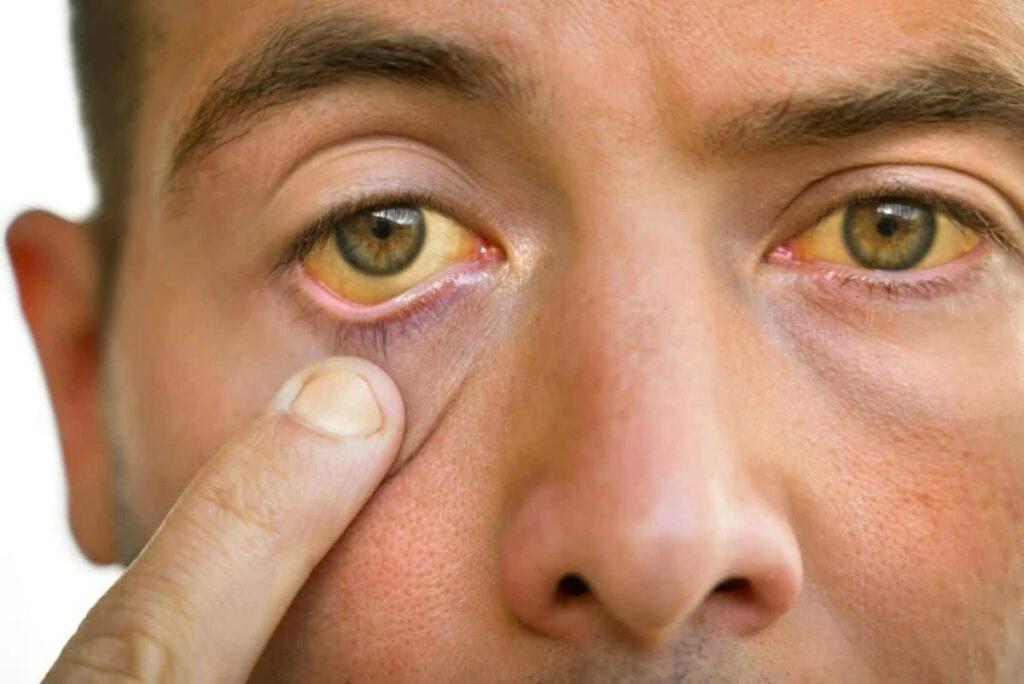Your body requires cholesterol, a type of fat, to function properly. However, having too much cholesterol in your blood can be harmful to your health.
High cholesterol is often referred to as a “silent killer” because it rarely exhibits warning symptoms and gradually causing damage over time. However, your eyes can sometimes detect the condition. During an eye exam, your doctor may detect certain warning signs that indicate elevated cholesterol levels. High cholesterol can not only affect your heart but can also harm your eyes. Some common symptoms of high cholesterol can change the appearance of your eyes or the area around your eyes. It may also affect your vision.
How Your Eyes Can Detect Warning Signs of High Cholesterol
Xanthelasma: A xanthelasma a flat or slightly raised yellowish area around the eyes or near the nose is the most common eye symptom associated with high cholesterol. Xanthelasmas have no effect on your vision. Approximately half of those with xanthelasmas have high cholesterol. Xanthelasmas are more common if you are overweight, smoker, diabetic and have high blood pressure.
Cornea Arcus: Some people may notice a white ring around the circumference of their cornea. Though this white ring, known as a corneal arcus, appears as part of the natural ageing process, it can appear at any age as a result of high cholesterol levels. It is more common in people with extremely high cholesterol levels. A corneal arcus does not usually impair vision, and treatment is usually focused on lowering cholesterol.
Retinal Vein Occlusion: In the back of your eye, there is a light-sensitive tissue called the retina. The retina is supplied with blood via the retinal artery and vein. A retinal vein occlusion occurs when the vein becomes blocked. A retinal artery occlusion, also known as a stroke, occurs when the artery becomes blocked. When a vein becomes blocked, blood and fluid leak into the retina. When this happens, your central vision is impaired due to the swelling. The symptoms usually focuses on blurry vision, dark spots or lines in your vision, pain in the affected eye and change in the vision. The treatment of this illness is usually focused on controlling cholesterol.
High cholesterol can only be detected through a blood test. Consult your doctor about having a cholesterol test. The recommended age for the first screening may differ. If you have a family history of high cholesterol, heart disease, or other risk factors such as smoking, diabetes, or high blood pressure. Work with your doctor to routinely track your fasting lipid levels and don’t let cholesterol ruin your vision or appearance.

